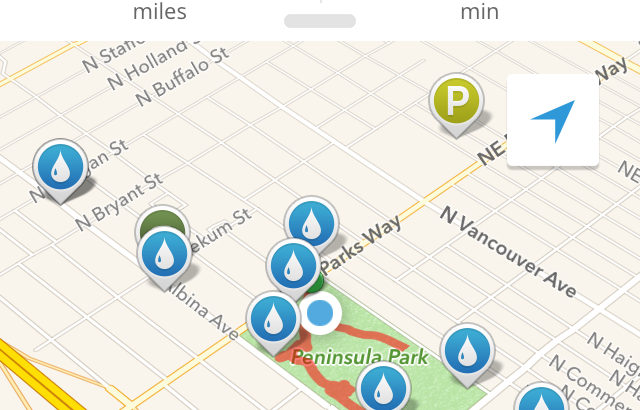You’ve been training for a few months now, building strength, acquiring skills, and gaining confidence. You’ve got some different vaults under your belt, and appreciate how your balance has been steadily improving. Most importantly, you feel safe training outdoors, and trust your ability to recover from a bail.
Overall, your training has been going really good, but you’re looking for a way to spice things up.
Enter the realm of “short-form” versus “long-form” training missions.
Although the terms short-form and long-form are arbitrary, they reflect an interesting distinction.
The idea is this: If your routine basically looks the same and lasts about the same duration every trip out the door, than you aren’t experiencing the full spectrum of parkour.
Getting in a rut is easy. You know the obstacles and features at your local park. You can run over and drill a flow that you’ve been working on without too much thought. You know the best places to train your climb-ups, precisions, and work on your upper body conditioning. You’ve got the spot dialed.
I understand, and often succumb to the ease of a well-known routine. Heck, there is this killer spot just a block from my house, why would I bother searching out another place to train!
Okay, so the situation described above encompasses what I would refer to as a short-form training session. You hit up 1 or 2 spots for about 30 to 60 minute of total training time. You drill some techniques and also fit in a bit of conditioning. Although it didn’t last a long time, your body feels good. You burned off some steam, and were able to see some progress in your skills.
Nothing wrong with that.
Short little missions definitely get the job done when you have a packed schedule. They are convenient after a full day of work and will certainly fulfill your need for a daily movement fix.
However, if you can carve out a bit more time, something magical starts to happen once you take your training above 2 hours.
At the most superficial level, when you explore your city via a long-form mission you’ll encounter unique obstacles and interesting challenges. A quick session in your local park can’t touch the exposure to newfound features that you’ll enjoy on a longer walkabout. Aside from the thrill of finding new training spots, there is a simple pleasure in learning about the different streets, buildings, public areas, and hidden gems that you might not have found before. It is a very grounding experience, joyous really, to connect with the place you live in this manner.
Next up, on longer training sessions you’ll notice that endurance becomes a new dimension to conquer. Do you have the fortitude to keep pushing your body when it has been on the go for two or more hours? Tired, fatigued, and possibly cramping up, here is where you learn your true strength. Can you muster the nerve to keep pushing yourself, drilling jumps, climbs, and vaults, when your body is screaming to throw in the towel and head home?
If you’ve ventured far and public transport isn’t readily accessible, the need to pace yourself becomes crucial. Rather than end up a mess, dead tired, and unable carry yourself home, you must be smart about energy expenditure. Carrying water and extra calories makes a lot of sense if you’ll be somewhere without a convenience store. Be strategic. Think about it like a mini adventure, with the goal of venturing out for a few hours, but still making it home in one piece.
Personally, I like to run from one spot to another. I enjoy firing up my cardio-respiratory engine, feeling my chest heave, and working to master my breathing.
Running between different training spots on a longer mission isn’t necessary, but it does add to the sense of accomplishment. Non-stop, moderate-intensity motion forces you to dig deep and tap reserves that aren’t challenged in our daily life.
How far you venture, and whether you walk or jog are fun variables to tinker. Could you make it an all day expedition, covering 10 or more miles? What would a parkour marathon look like?
To give you an idea of distances and duration, these two screen captures (via the Map My Run app) illustrate the differences between a short and long form session. For the short mission, I was out and about for under 55 minutes and hit up 2 different spots in that time. The distance covered was negligible, less than 2 miles, but given the obstacle-based conditioning, it was still a solid little workout.
Compare that to the longer mission: In nearly 2.5 hours my training partner and I covered 4.7 miles. Although not a huge distance, it provided enough variety to hit-up about 5 or 6 distinct spots. With that amount of unique terrain, we encountered enough obstacles to almost exhaust our full parkour vocabularies.
And, to be honest, even after 2.5 hours of training, we could have kept on going were it not for other commitments that day. What’s more, all of that movement actually leaves you in a heightened state. Your brain is truly awake and ready to conquer other challenges.
What would it feel like to crush 5 hours of training? How much ground would you cover?
Only one way to find out! See you outside.

